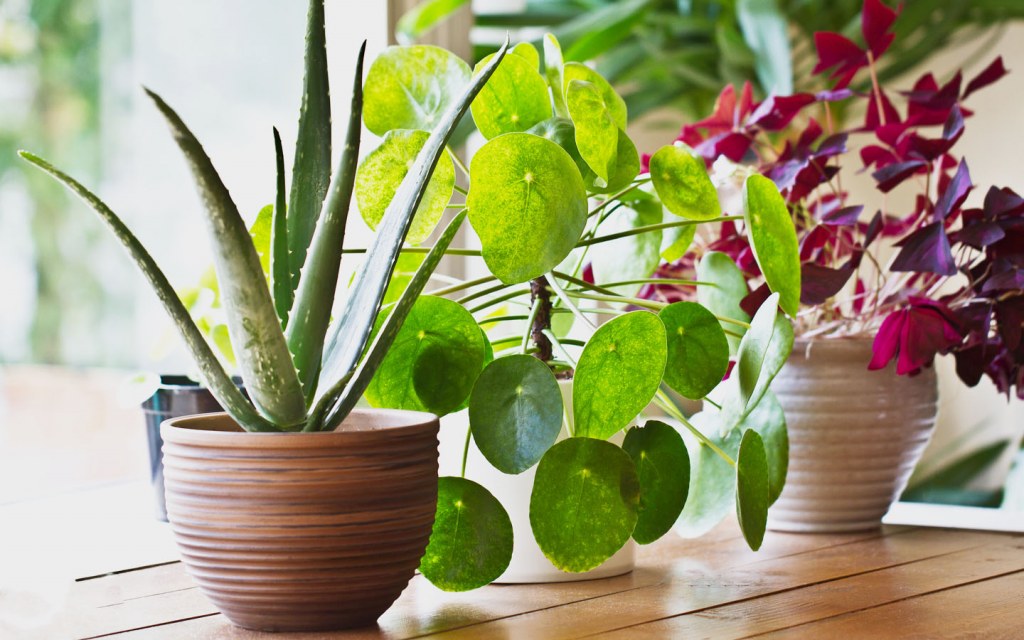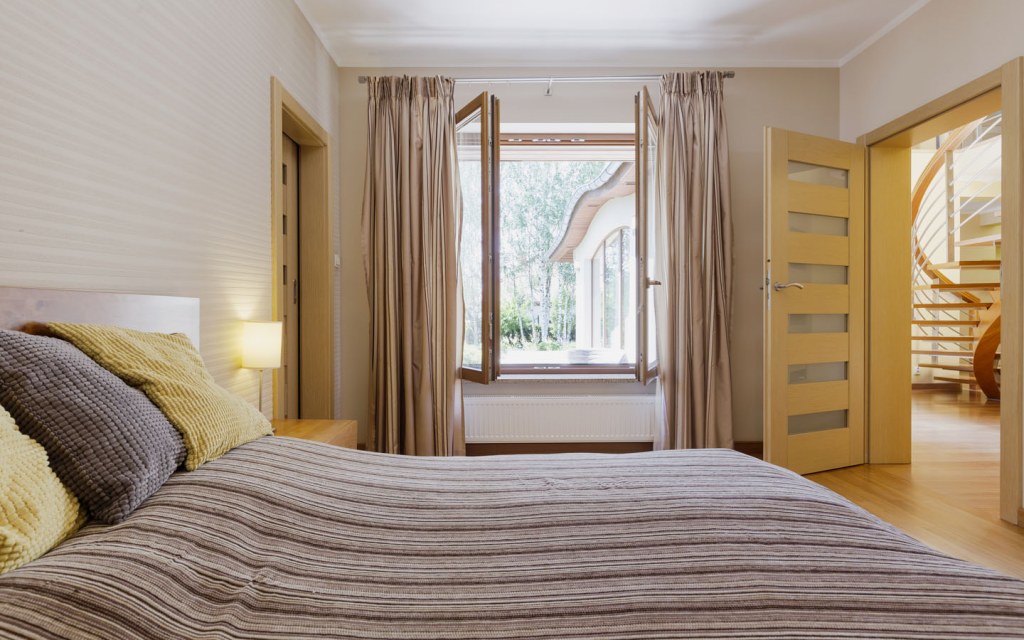Is your house infested by roaches, lizards or rodents? Have you tried these natural ways to effectively get rid of household pests? Well, if they also don’t seem to work, it means your house needs to get treated by professional fumigators. Well, there are some severe infestations, where fumigation becomes an unavoidable step to make a house pest-free. So, if you are also going through a similar situation, then here are some important ways to prepare your home for fumigation.
Ways to Prepare Your Home for Fumigation
Let’s take a look at the checklist of things you need to do to prepare for fumigation at home.
- Properly Cover All Eatables
- Use of Plastic Covers
- Protect Your Pets and Plants
- Fire Safety Precautions
- Notify Your Neighbours
- Leave the Premises
- Post Fumigation Procedures
Properly Cover All Eatables

One of the most important things that should be on your priority is the protection of medication and food in your home against contamination by harmful gases and residues during the pest control fumigation in your home. You can make use of nylon polymer film bags for safely storing the edible items instead of entirely removing them from the house that is being fumigated. Get all the food items properly sealed to make them safe for later consumption.
Safety Tip: Discard any food items that weren’t covered during the process of fumigation as they may contain hazardous chemical residues.
Use of Plastic Covers
If you have furnishings like mattresses and sofa sets having plastic covers, you need to get them removed from the premises before fumigation. The plastic on your furniture may absorb the fumigant and restrict its dispersion during aeration, hindering the process of fumigation. Moreover, the chemicals may remain trapped for days in furnishings having plastic covers on, which can be extremely harmful to your health. However, there is no need to take away any items with removable plastic covers, in fact, harmful gases cannot penetrate through plastic and you can easily get it removed once the fumigation is done. To prepare for fumigation at home, you can also make use of removable plastic covers and garment bags for the protection of clothing items and other wearable accessories against contamination.
Protect Your Pets and Plants

Along with humans, all the other living creatures such as plants and animals should be vacated from the property, where pest control fumigation is being carried out. Protection of your plants and pets should be one of the priorities of your home fumigation checklist. Choose a shady spot in your lawn and backyard a few feet away from your house where you can place the houseplants. You must take away your pets like from the fumigated premises so that they would not be exposed to the hazardous fumigants.
Note: You might need to arrange an alternate lodging for your family members and pets, where you could stay for up to three to four days until it is safe to return to your home
Fire Safety Precautions
Since different types of gases are used in the process of fumigation for pest control, you need to be extra cautious while vacating the premises. One of the most important ways to prepare your home for fumigation is to safely turn off the utilities and make sure to cover all your electrical wires before the process of fumigation begins.
If you have a gas supply running at home, it can trigger a chemical reaction that can cause house fire to erupt. So, you need to take all the necessary fire safety precautions to prepare your house for fumigation.
Notify Your Neighbours

Notifying your next-door neighbours about the fumigation should also be a part of your home fumigation checklist. If they know that your home is being fumigated and you are away, they would also try to stay away from the fumigated premises in order to protect themselves from getting exposed to harmful fumigants. It will also help them get effectively prepared for any potential risk from a fumigated property next door.
Leave the Premises
After meticulously following each and every step in to prepare your house for fumigation, you need to vacate your home while handing over the keys to the fumigators. However, you should always take one final look to make sure that all the valuables in your home have been locked and stored safely. It would take a few days for the air indoors to become safe for breathing. However, don’t rush in returning home. You should go with the advice of the fumigators as they’ll tell you when it will be safe to return.
Post Fumigation Procedures

Once you are finally home, make your interior as airy as possible to get rid of the residues of the chemicals used as fumigants. You can also use the exhaust fans installed in your living space to feasibly bring down the level of effort needed to make your home fumigants-free. One of the most important post fumigation procedures is to deep clean your house, which involves wiping, mopping and vacuuming of all the surfaces to remove all the dead bugs.
These were some of the most useful ways to prepare your home for fumigation. If you know of something useful that we might have missed mentioning here, feel free to share it with us at blog@zameen.com.
Meanwhile, if you think your house needs a major upgrade, then here’s how you can prepare your home for a remodeling project. You might also like reading about tips to keep mosquitoes away and make your dengue free.
For more construction and home improvement guides, keep reading Zameen Blogs. Want to receive daily email alerts from our blog section? Subscribe to our newsletter and follow our social media pages on Facebook, Instagram, and YouTube.



